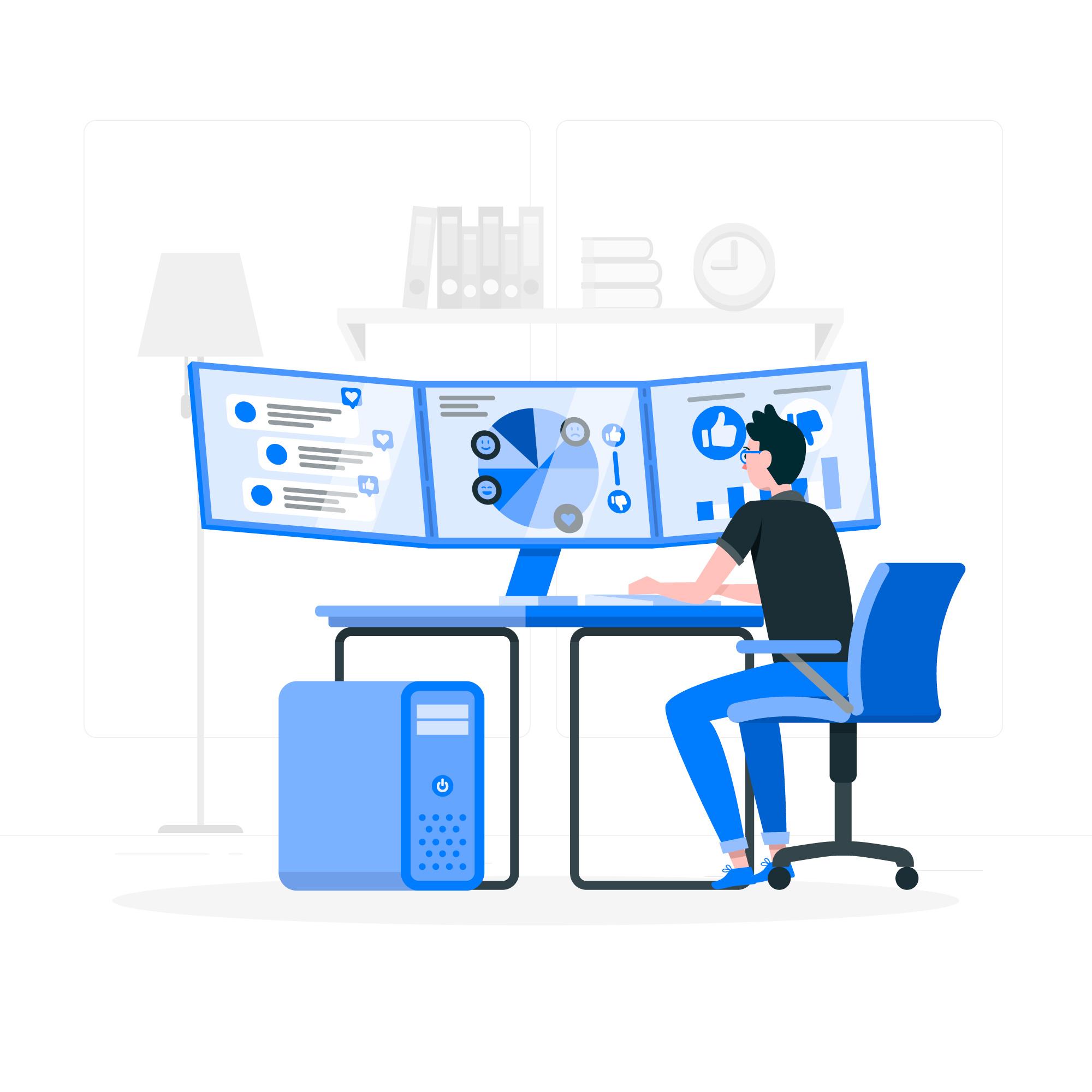In the vast landscape of modern technology, ensuring smooth IT operations is crucial for any business. One powerful tool in this endeavor is IT infrastructure monitoring. This isn’t just about watching over computer systems. It’s about understanding and supervising everything that makes IT run, from software to servers. Why is it so essential? And how can businesses get the most out of it? This article helps one to find out.
1. What is IT Infrastructure Tracking?
At its core, IT infrastructure tracking is like a guardian angel for technology systems. It observes and checks all IT components, ensuring they’re running correctly. This could mean watching over a server to see if it’s getting too full or checking if a software update has caused any issues. Think of it as a health check-up but for computers and networks instead of people.
Furthermore, IT infrastructure tracking serves as a proactive risk management tool. It helps identify potential bottlenecks, vulnerabilities, and capacity issues before they impact operations, reducing the risk of costly downtime.
2. Why Businesses Should Care
Why is this type of monitoring vital for companies? Simple. Downtime is expensive, and technical problems can cause interruptions. Using IT infrastructure tracking, businesses can catch these issues before they spiral out of control. It’s like seeing a storm on the horizon and having enough time to prepare or change course.
This not only saves money but also ensures the company provides consistent services or products to its customers.
Additionally, proactive monitoring enhances cybersecurity by detecting unusual patterns or unauthorized access attempts, fortifying an organization’s defense against cyber threats.
3. Tools that Make a Difference
There’s a wide variety of tools available for IT infrastructure tracking. These range from basic ones that give general overviews to advanced tools that offer deep insights.
They can help in identifying which server is getting overloaded, which software is not updated, or even if there’s an unusual amount of traffic that might indicate a security breach. It’s essential to choose the right tool that aligns with a business’s specific needs and size.
Modern IT infrastructure tracking tools often integrate artificial intelligence and machine learning capabilities to provide predictive analytics, allowing organizations to address potential issues before they impact operations.
4. Challenges and Solutions
No system is perfect, and IT infrastructure tracking faces its own set of challenges. One big challenge is the massive amount of data it generates.
This data needs to be analyzed correctly to get meaningful insights. Also, with technology evolving rapidly, monitoring tools need to keep up.
The solution? Regularly update the tools and have a team well-trained to interpret the data. It ensures the monitoring system stays relevant and effective.
To address data overload, businesses can implement automated alerting systems that prioritize critical issues and provide actionable insights, reducing the burden on IT teams and improving response times.
5. Looking to the Future
Technology won’t stand still, and neither should monitoring practices. As businesses grow and IT needs change, the monitoring system should evolve. That might mean upgrading tools, training staff in new techniques, or expanding the areas of oversight. Being proactive and future-focused can help businesses stay on top of their game.
ConnectWise states, “By monitoring the performance and health of servers, networks, and other IT components, organizations can identify and mitigate problems before they result in downtime, waste, or data loss.”
Future-proofing IT oversight through infrastructure monitoring involves staying informed about emerging technologies like edge computing, IoT, and hybrid cloud environments, ensuring the monitoring system can adapt to new challenges and opportunities.
Effective oversight of IT systems is not just a luxury—it’s a necessity in today’s fast-paced tech world. By implementing and maintaining robust IT infrastructure monitoring, companies can ensure that they’re not just reacting to issues but anticipating and preventing them. It invests in peace of mind, efficient operations, and long-term success.
TechAroundNow is a blogging website that centers on the latest technology and marketing innovations and trends, aimed at assisting individuals and businesses across the globe since 2021. TechAroundNow continues to serve as a reliable source for staying up-to-date with the ever-evolving landscape of technology and marketing, ultimately fostering growth and success in the digital era.


